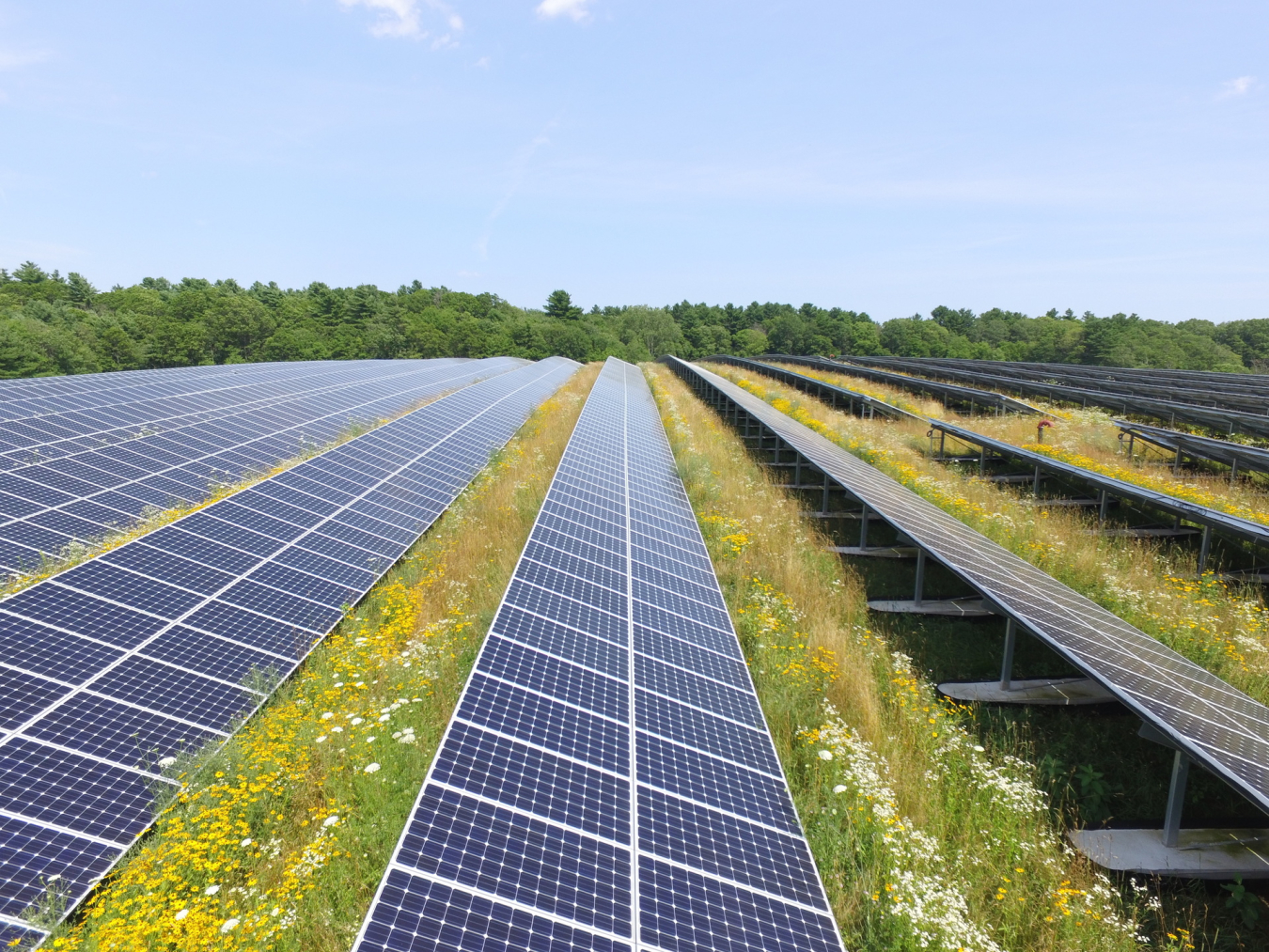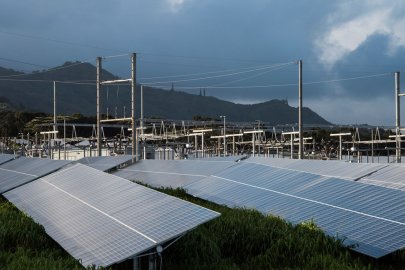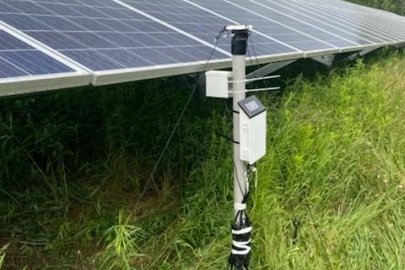Soft costs research in the U.S. Department of Energy Solar Energy Technologies Office (SETO) addresses challenges associated with reducing non-hardware cost components of solar energy systems. These costs include design, siting, permitting, installation, interconnection, and financing. They also include the sales, general, and administrative expenses solar companies incur for customer acquisition, workforce training and certification, supply chain and inventory control, decommissioning and end-of-life management of solar systems, and operating overhead. Learn more about soft costs.
As solar hardware costs continue to decline, lowering soft costs becomes an even more important part of lowering the total cost of a solar energy system. The soft costs for residential solar energy systems declined by approximately 50 percent between 2010 and 2020 according to the National Renewable Energy Laboratory, but these costs need to fall an additional 60-70 percent to achieve SETO’s cost targets and to make unsubsidized residential solar a more affordable electricity option across the country.
Soft costs projects funded by SETO quantify cost-reduction opportunities, develop data and tools to improve information access and market transparency, and identify successful and efficient models and processes that can be more widely used. This work supports the development and sharing of data and best practices throughout the solar life cycle and prioritizes the dissemination and replication of results so solutions can be widely adopted.
Within SETO’s soft costs research area, efforts are focused on several topics. Learn more about them below.
Research Topics
-
 Agrivoltaics, or the practice of solar agriculture co-location, is defined as agricultural production underneath or adjacent to solar panels, such as crops, livestock, and pollinators.December 11, 2024
Agrivoltaics, or the practice of solar agriculture co-location, is defined as agricultural production underneath or adjacent to solar panels, such as crops, livestock, and pollinators.December 11, 2024
-
 Large-scale solar siting refers to the decision-making processes and actions that determine the location and design of new facilities. Also known as utility-scale or ground-mounted solar, it generally refers to projects greater than 1 megawatt (MW).August 21, 2024
Large-scale solar siting refers to the decision-making processes and actions that determine the location and design of new facilities. Also known as utility-scale or ground-mounted solar, it generally refers to projects greater than 1 megawatt (MW).August 21, 2024 -
 Applying scientific insights to solar adoption can help to better understand why people decide to go solar and speed up solar adoption.November 13, 2023
Applying scientific insights to solar adoption can help to better understand why people decide to go solar and speed up solar adoption.November 13, 2023
-
 Solar permitting and inspection refer to two processes that need to happen before a solar array can receive permission to interconnect to the grid and start producing electricity.
Solar permitting and inspection refer to two processes that need to happen before a solar array can receive permission to interconnect to the grid and start producing electricity. -
 Solar energy cost and data analysis examines technology costs, location-specific competitive advantages, and assesses the performance of solar energy.
Solar energy cost and data analysis examines technology costs, location-specific competitive advantages, and assesses the performance of solar energy.
-
 End-of-life management for PV refers to the processes that occur when solar panels and all other components are retired from operation.December 2, 2024
End-of-life management for PV refers to the processes that occur when solar panels and all other components are retired from operation.December 2, 2024
SETO’s soft costs portfolio addresses a wide array of costs and challenges to solar energy deployment. Projects are working to improve market transparency of solar system costs, prices, and adoption trends; enable access to solar through innovative financing and community solar; reduce costs for permitting, inspection, and interconnection; improve bulk power system and distribution system planning for larger amounts of grid-connected solar; reduce land use competition for siting solar projects; enable solar installations in new construction and with roof replacements; improve the compatibility of solar with wildlife and local ecosystems; and improve planning for the retirement of solar panels.
Additionally, projects develop training materials and programs to help supply a skilled workforce to meet the solar industry’s growing human resource needs, prepare those in the utility industry to manage a modern grid, and help relevant professions keep up with these rapidly emerging and advancing technologies.
In order to ensure that the best information gets to the people that need it, SETO also has several technical assistance programs that work to improve solar access.
Projects in this research area are managed by the strategic analysis and institutional support team. Learn more about SETO’s funding programs and current funding opportunities. Reports resulting from research projects can be found on the Office of Science and Technical Information (OSTI) website.
Initiatives
In addition to funding research projects, SETO also funds several initiatives that help improve solar access and lower soft costs.
- i2X: Interconnection Innovation e-Xchange
- National Community Solar Partnership
- Renewable Energy Siting through Technical Engagement and Planning (R-STEP)
- SolarAPP+
- SolSmart
- Solar Energy Innovation Network
- Solar Ready Vets Network
More Soft Costs Information
Soft Costs Success Stories
-
 The U.S. Department of Energy funded the Interstate Renewable Energy Council (IREC) to address standalone energy storage and solar-plus-storage interconnection challenges on the distribution grid.
The U.S. Department of Energy funded the Interstate Renewable Energy Council (IREC) to address standalone energy storage and solar-plus-storage interconnection challenges on the distribution grid. -
 Communities can now use a solar-specific tool to understand stormwater runoff at their local solar energy installations.
Communities can now use a solar-specific tool to understand stormwater runoff at their local solar energy installations. -
It used to take weeks to get a permit to install rooftop solar panels. Now permit approval is instant, benefitting consumers, contractors, and local governments that adopt the tool that speeds up the process.
-
 DOE awarded funding to start-up company EnergySage to build an online marketplace for rooftop solar systems and make the process of solar adoption more consumer-centric.
DOE awarded funding to start-up company EnergySage to build an online marketplace for rooftop solar systems and make the process of solar adoption more consumer-centric.

